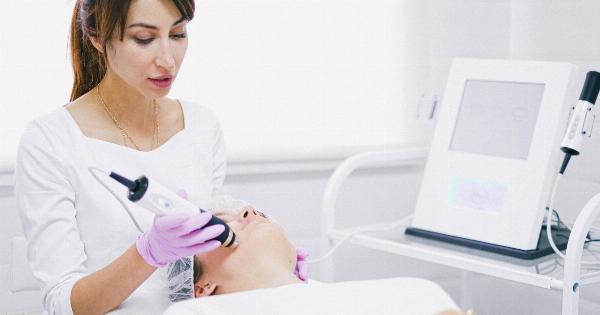Varicose veins are a common condition affecting millions of people worldwide. They occur when the valves in the veins stop working correctly, causing blood to pool and the veins to become twisted and enlarged.
Varicose veins may be unsightly, but they can also be painful and cause other complications such as skin ulcers or blood clots.
In the past, treatment options for varicose veins were limited and invasive, involving surgical removal or stripping of the affected veins.
Today, however, there are several minimally invasive procedures available that are highly effective and require little to no downtime. These procedures can improve the appearance of varicose veins, alleviate pain, and prevent further complications.
Endovenous Laser Treatment
Endovenous laser treatment (EVLT) is a minimally invasive procedure that uses a laser to close off the affected vein. The procedure is performed under local anesthesia and involves inserting a thin laser fiber into the vein through a small incision.
The laser heats the vein, causing it to collapse and seal shut. Blood is then rerouted to healthy veins nearby.
EVLT is highly effective, with a success rate of over 95%. It is also considered a safe procedure, with a low risk of complications.
Patients can return to normal activities immediately following the procedure, although they may experience some temporary discomfort or bruising around the treatment area.
Sclerotherapy
Sclerotherapy is another minimally invasive treatment option for varicose veins. The procedure involves injecting a solution directly into the affected vein, causing it to shrink and eventually disappear.
Sclerotherapy can be used to treat both spider veins and larger varicose veins.
The procedure is usually performed in a doctor’s office and takes less than an hour to complete. Patients may experience some mild discomfort or cramping during the procedure, although this usually resolves quickly.
There is little to no downtime associated with sclerotherapy, and patients can resume normal activities immediately following the procedure.
Radiofrequency Ablation
Radiofrequency ablation (RFA) is a minimally invasive procedure that uses radiofrequency energy to heat and close off the affected vein.
The procedure is performed under local anesthesia and involves inserting a thin catheter into the vein through a small incision. The catheter is then heated using radiofrequency energy, causing the vein to collapse and seal shut.
RFA has a success rate of over 90% and is considered a safe and effective treatment option for varicose veins.
Patients may experience some mild discomfort or bruising around the treatment area, but there is little to no downtime associated with the procedure.
Mechanochemical Ablation
Mechanochemical ablation (MOCA) is a newer, minimally invasive procedure for the treatment of varicose veins. The procedure combines the use of mechanical and chemical methods to close off the affected vein.
A small catheter is inserted into the vein, and a rotating wire is used to mechanically damage the vein’s inner lining. A chemical solution is then injected into the damaged vein, causing it to collapse and seal shut.
MOCA has shown promising results in clinical trials, with high success rates and minimal side effects. The procedure can be performed under local anesthesia and typically takes less than an hour to complete.
Patients can return to normal activities immediately following the procedure, with little to no downtime.
Conclusion
Minimally invasive procedures for varicose veins have revolutionized the treatment of this common condition.
Endovenous laser treatment, sclerotherapy, radiofrequency ablation, and mechanochemical ablation are all highly effective treatment options that require little to no downtime. If you are suffering from varicose veins, talk to your doctor about which minimally invasive procedure may be right for you.































